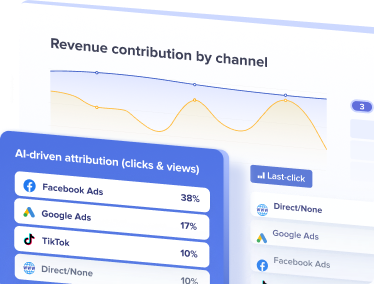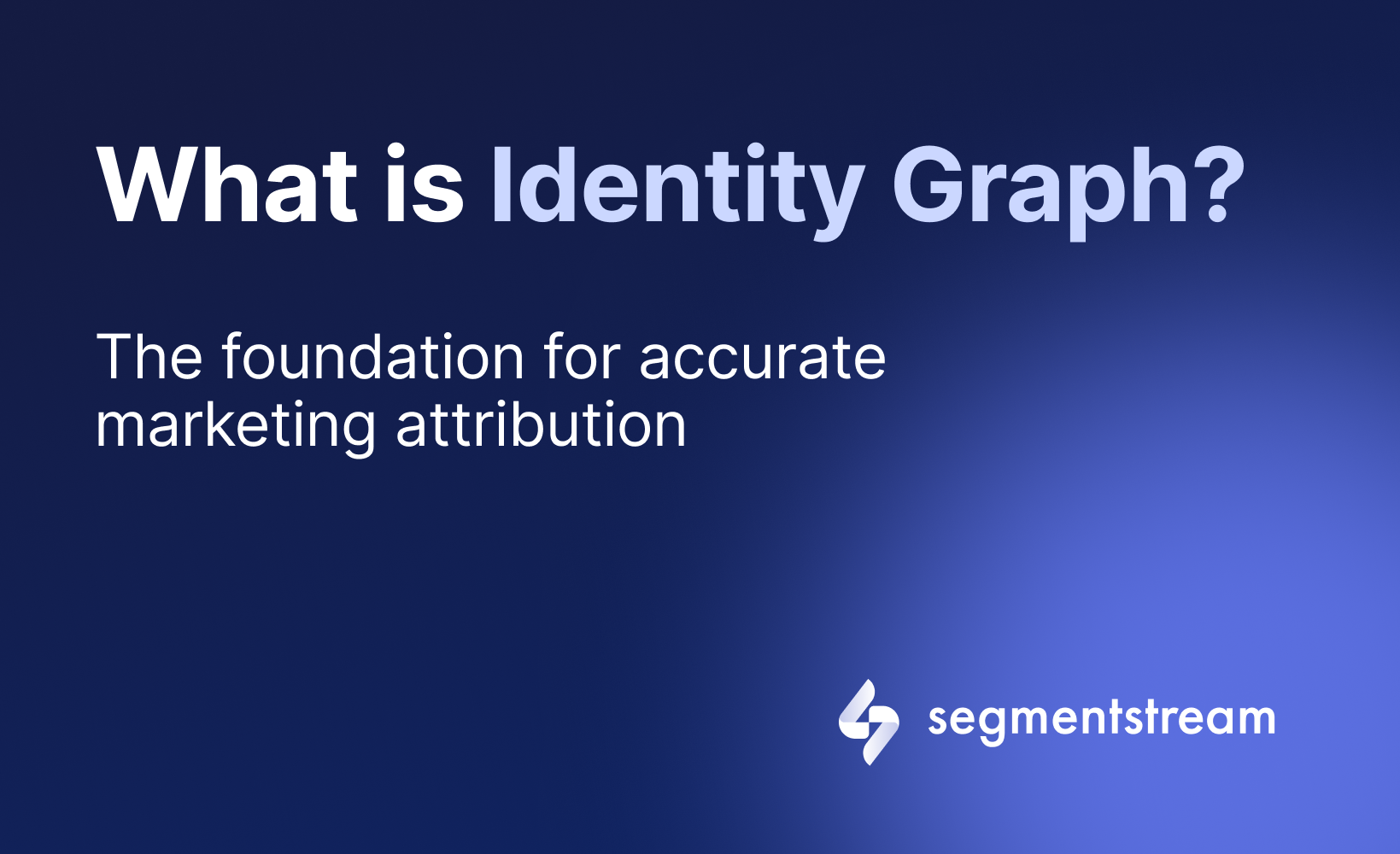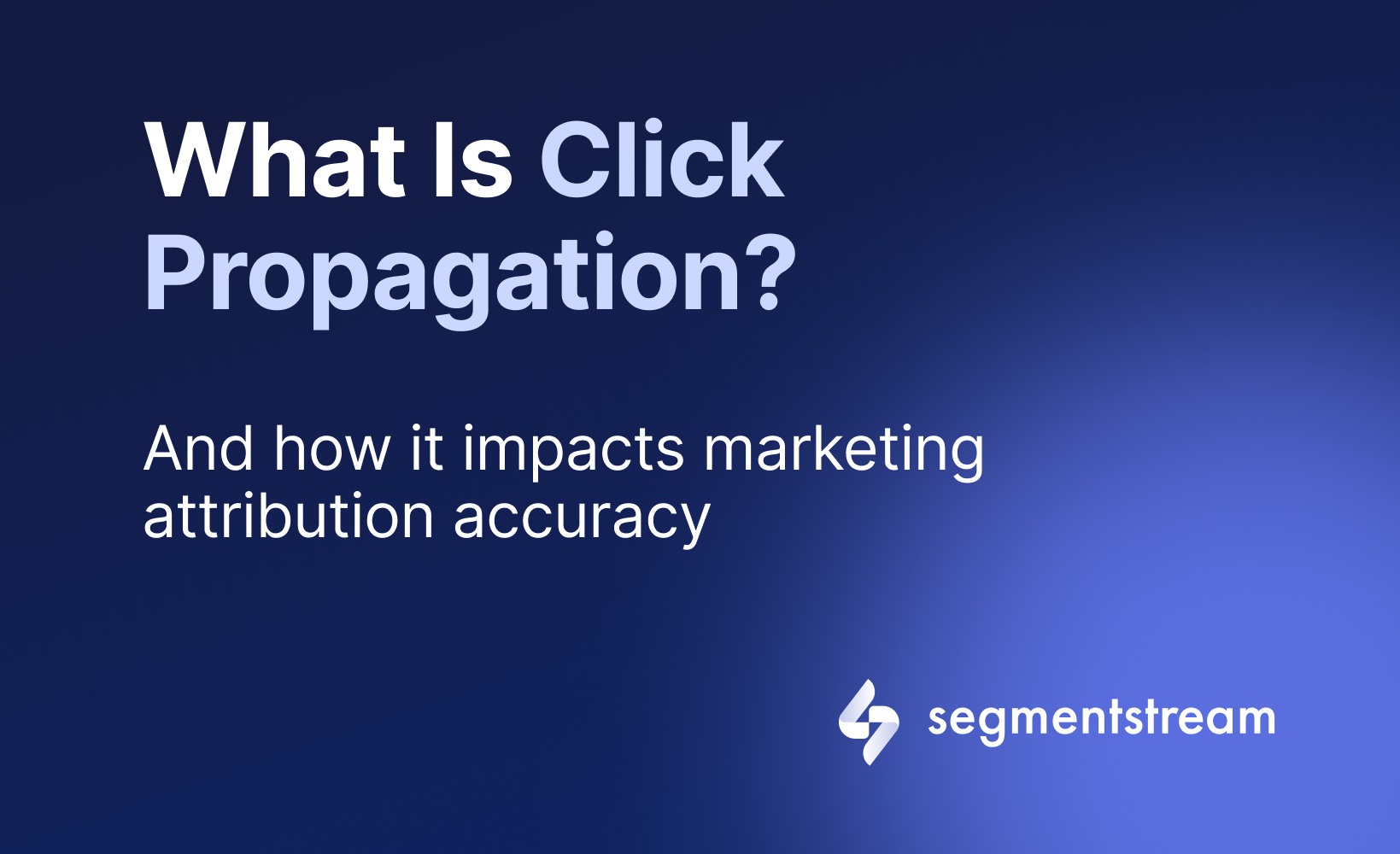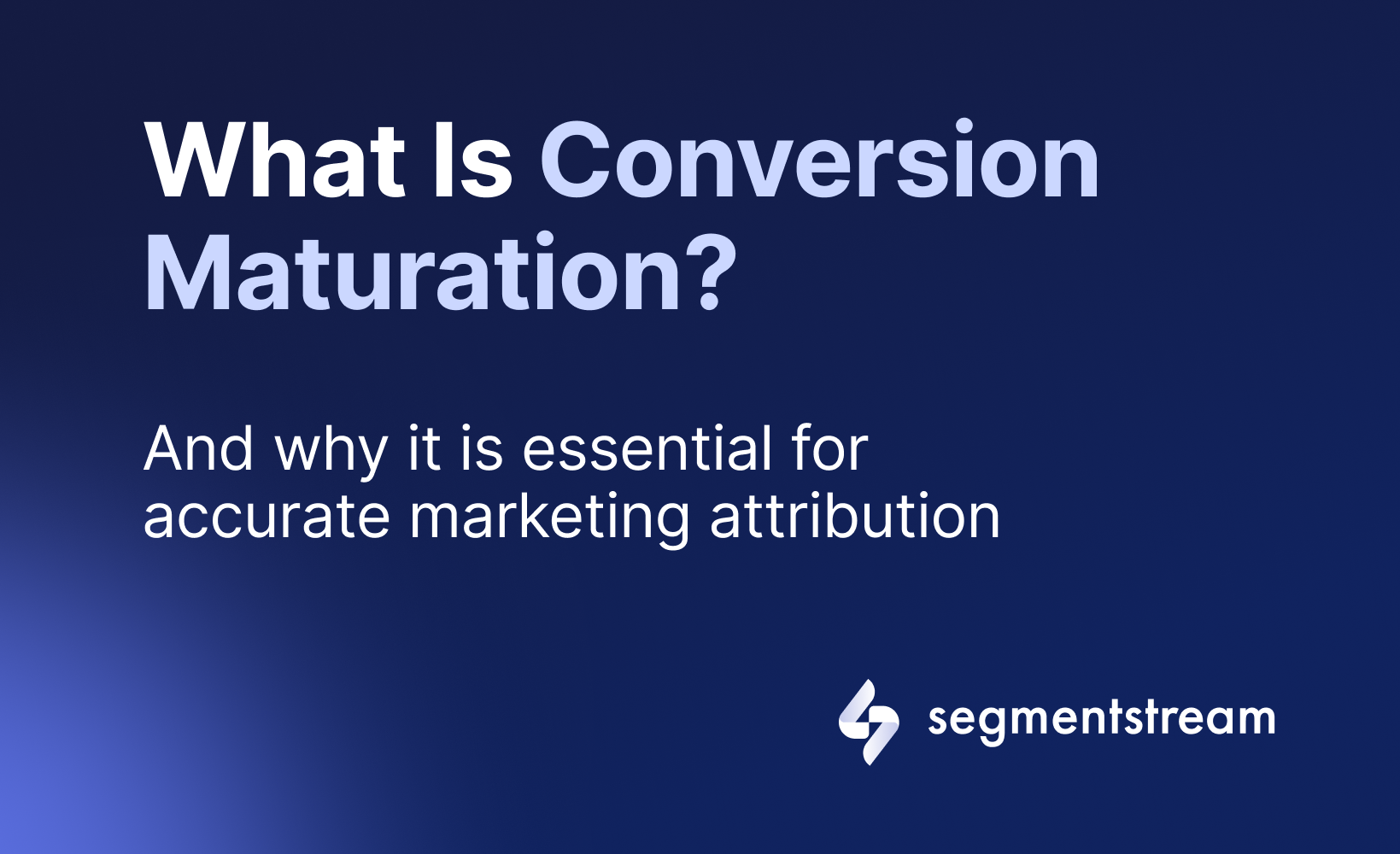
Why Google Analytics and Facebook data don’t match

SegmentStream is a powerful platform which combines Google Analytics behavioural data with ad platforms’ cost-related data. It analyses behavioural data to carefully predict the user’s probability to convert. If the probability is high enough, the platform creates a Modelled Conversion which can be used to analyse each channel’s performance and as a feedback signal for ad platforms.
One of the biggest ad platforms is Facebook Ads by Meta. In SegmentStream, it is very easy to create a Facebook-dedicated report and analyse its performance in greater detail. All you have to do is apply a filter by Source / Medium and Facebook Ads-based attribution.
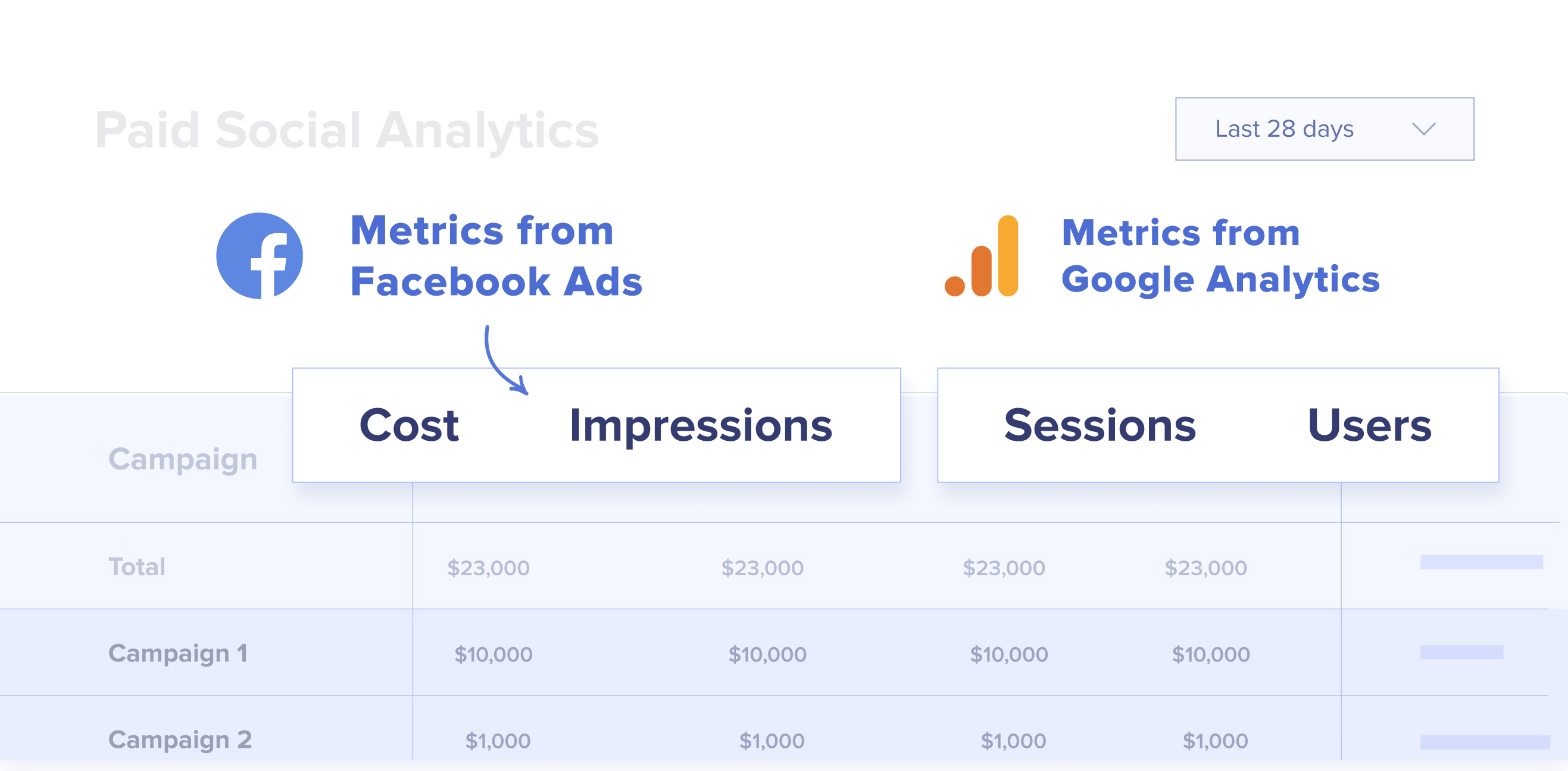
However, while comparing metrics in the SegmentStream report with Facebook Ads, some discrepancies might be noticed. In this guide, I will go through the different metrics and why they might differ.
Metrics from Facebook
SegmentStream pulls a bunch of metrics directly from Facebook Ads, such as Costs, Impressions, Clicks, CPC, etc. As those metrics are pulled from the Facebook Ads itself, they will always match.
Clicks in SegmentStream correspond to Link Clicks in Facebook Ads, not to Clicks (All). This was done because SegmentStream analyses the quality of the brought traffic, thus the platform is interested in Link Clicks, not all clicks. See the difference between these two in this Facebook article.
Behavioural metrics
The next set of metrics is based on the raw Google Analytics records (hits), which are then processed by SegmentStream. Here, Sessions, Users, Avg. Session Duration metrics are formed.
Each session is stitched to the associated cost using the UTM parameters, allowing to analyse Facebook-specific activities.
The number of Sessions usually doesn’t match Clicks from Facebook. There are multiple reasons for that, the most common are:
- Users click multiple times on the same ad
If for some reason a user clicks on an ad two times during 30 minutes, Facebook will report 2 clicks while SegmentStream will count only one session, which is similar to Google Analytics. - SegmentStream only tracks sessions if GA tracks them
As SegmentStream uses Google Analytics records to get behavioural information, it can only track a session if it is tracked by GA.
What if a user clicked on an ad but then quickly closed the window before being redirected to a landing page? The website does not have time to load and thus no session is recorded. Facebook, on the other hand, reports a click.
Another case is if the GA tracker is not fired because of unconsenting, ad blockers, or any other reason. Again, no session is recorded, while Facebook reports a click, as it does not need any website trackers to know that the click took place.
Conversion-related metrics
Conversions are the goal of any business, so it is an important metric to evaluate the performance of a channel. However, marketers have noticed for a long time that Facebook usually reports more associated conversions than other analytics platforms, Google Analytics included.
SegmentStream is showing the same trend if we compare cookie-observable website conversions with Facebook-reported ones.
There are a few main reasons:
-
Differences in attribution models
SegmentStream allows using custom Facebook post click attribution, where users can define an attribution window for up to 90 days.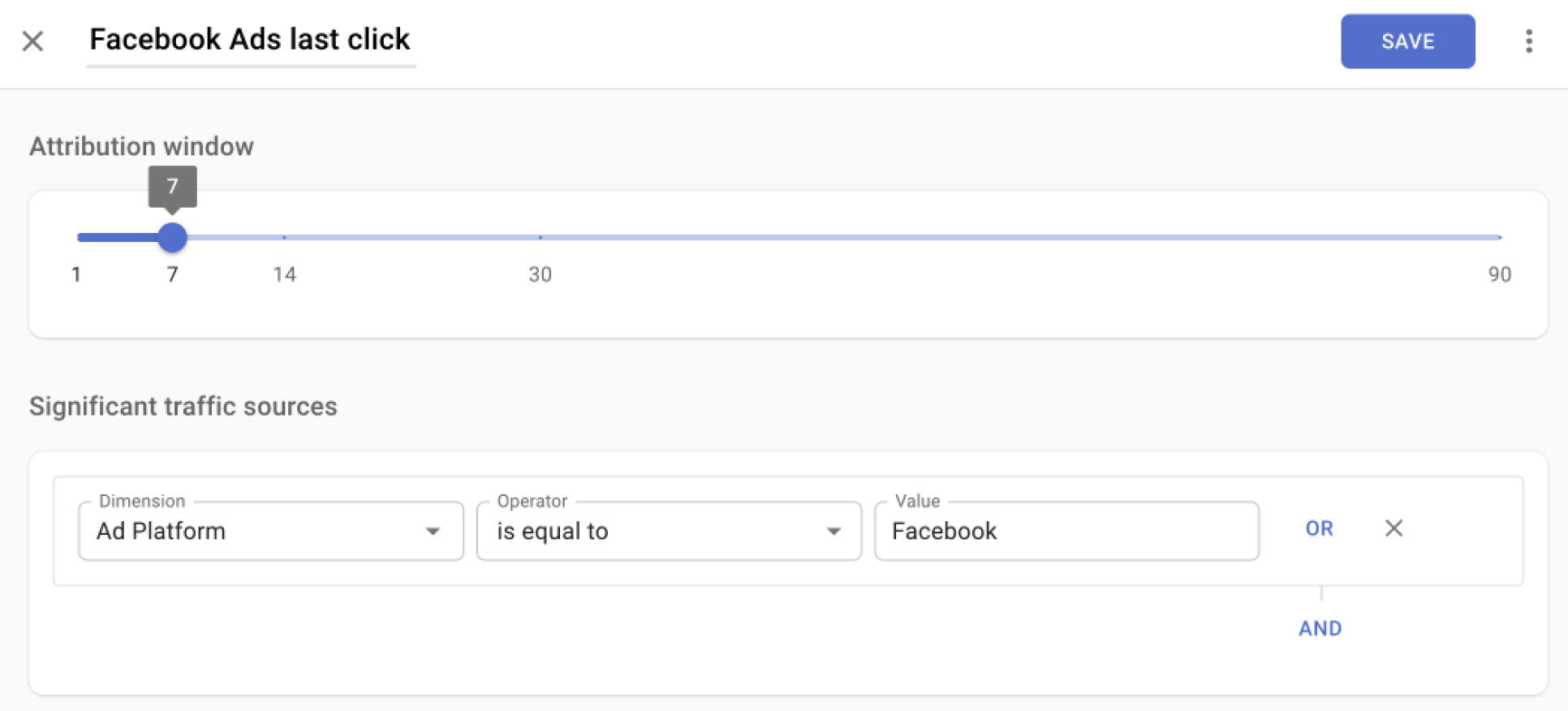
Facebook, on the other hand, can offer a maximum of 7-day post-click attribution.
- Post-view data
Facebook can track post-view data, which is not available in Google Analytics and thus in SegmentStream. But if a person sees an ad on Facebook without clicking and later that day comes from organic search and makes a purchase, Facebook attributes this conversion to the ad. Post-view actually makes a big difference for some businesses and leads to higher numbers of reported conversions. - Facebook Pixel issues
It might be the case that Facebook Pixel is installed incorrectly or on the wrong pages. In this case, make sure that your Pixel is installed on the relevant conversional pages. -
Facebook applies modelling
While analysing Facebook reports you might have noticed that Facebook applies statistical modelling to conversions. This can not be switched off.
This modelling is not the same as SegmentStream’s Modelled Conversions. Facebook’s statistical modelling basically covers the gaps in tracking. SegmentStream Modelled Conversions, on the other hand, evaluate the value of the channel according to the impact on the users’ probability to convert.
- Apple iOS 14.5+ and Aggregated Events Measurement
In iOS 14.5 update Apple introduced App Tracking Transparency (ATT), a new security feature that requires apps to have explicit user permission to track data.
When users opt out of tracking, it limits the amount of data that Facebook and other platforms can collect about their behaviour outside the app.
To tackle this change, Facebook introduced Aggregated Events Measurement (AEM), with which Facebook limits you to 8 conversion events to track. If a user opted out of tracking, only a top-priority event will be tracked and the rest of the events will not be reported at all.
This results in underreporting of non-top-priority events for iOS users inside the Facebook interface.
Modelled Conversions metrics
Modelled Conversions are generated by SegmentStream proprietary Machine Learning algorithms. The ML model analyses all behavioural activity during the session to predict the probability to convert in the future for cross-browser, cross-device and cross-cookie journeys.
Modelled Conversions allow for analysing how much Facebook impacts the performance and how cost-effective this channel is. Marketers can compare Facebook with other channels or do in-channel analysis on a campaign / ad set / ad levels.
As this is a proprietary SegmentStream metric, it is not available in Facebook reporting.
To sum up
In conclusion, while both Google Analytics and Facebook Ads provide valuable metrics to evaluate the performance of a channel, there are discrepancies that might occur with behavioural and conversion metrics due to different attribution models, post-view data, Facebook Pixel issues, and modelling applied by Facebook. Metrics taken from Facebook directly will be displayed correctly in SegmentStream.
Modelled Conversions by SegmentStream is a unique metric which is not available on Facebook, and it is a huge asset for your marketing and advertising reporting. SegmentStream is a powerful platform that combines Google Analytics behavioral data with Facebook Ads cost-related data to evaluate the impact of different channels. By using SegmentStream’s reporting and proprietary metrics along with Facebook data, marketers can gain deeper insights into advertising performance and finally be able to evaluate the true impact of all campaigns.
Want to know more? Speak to a member of our team today!
Optimal marketing
Achieve the most optimal marketing mix with SegmentStream
Talk to expert